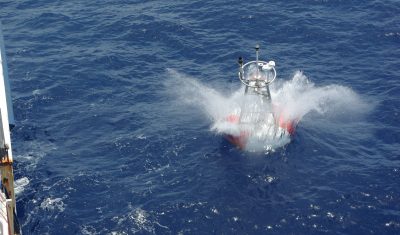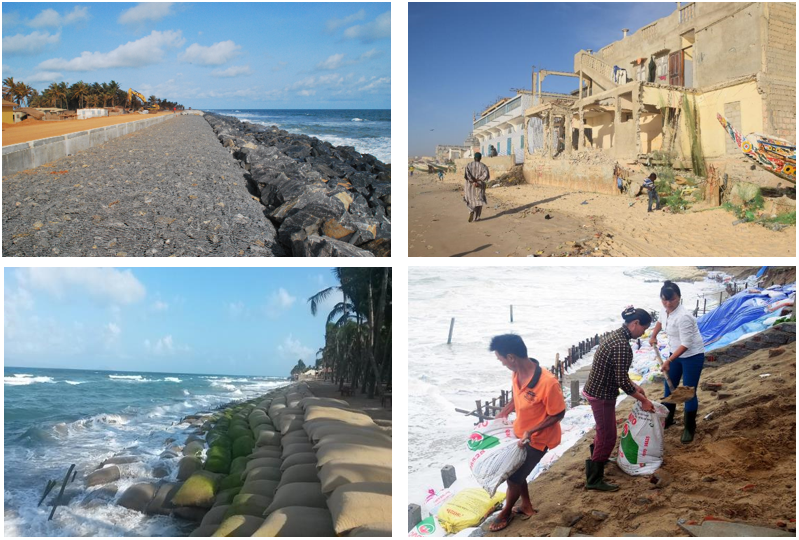Publisher: Direction – Updated on 22/03/2021
The ocean is studied at LEGOS under multiple aspects
- From the surface to the abyssal plains, from coastal regions to the open ocean, from the tropics to the high latitudes, LEGOS studies all oceanic regions,
- Through its interactions with the atmosphere, the continents, the oceanic crust or the cryosphere,
- Using a multitude of tools, space observations, especially altimetry, in situ observations, through observation services and multidisciplinary campaigns, notably at sea, regional numerical modeling, the use of geochemical tracers or experimentation.
The questions raised are innumerable, they concern the dynamics of coastal areas and tropical oceans, tides and internal waves, eastern boundary upwelling systems and oxygen minimum zones, global water and energy cycles, chemical inputs to the ocean and their fate, the evolution of sandy coastlines or vulnerable deltaic regions.












